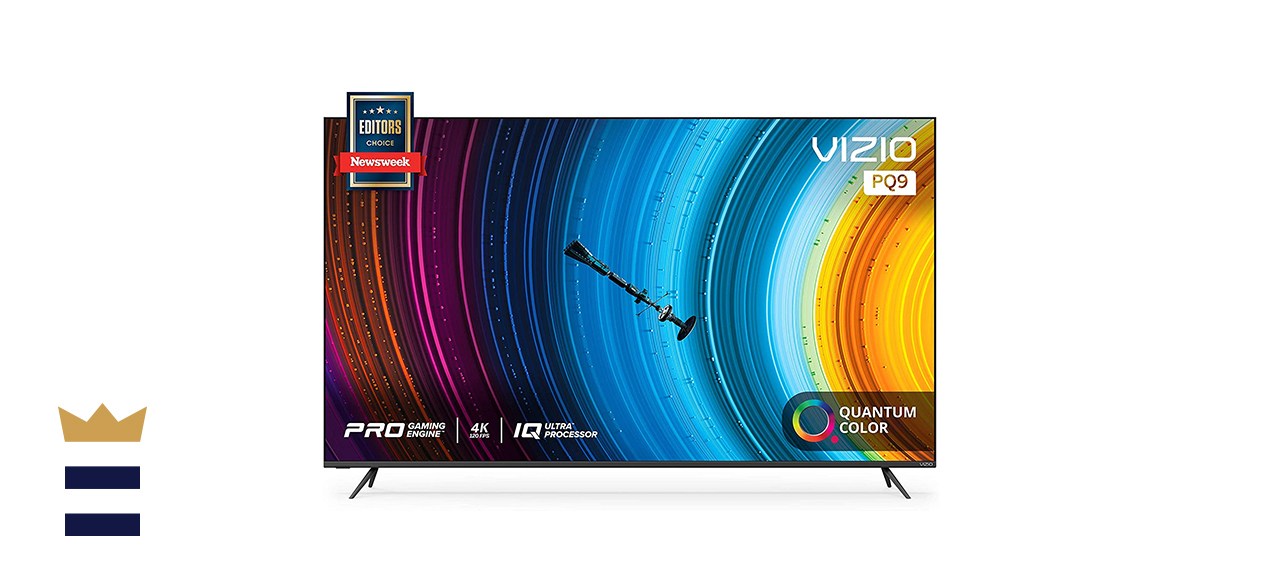
HDR format support: HDR10, HDR10+, HLG, Dolby Vision.Local dimming: Full array local dimming, 200-240 zones.Otherwise, these are the noteworthy specs the TVs share: The 75-inch model may also be brighter, but as we tested a 65-inch sample in our lab, we can’t say for sure just yet. The 65-inch model apparently has 200 local dimming zones while the 75-inch sports 240 zones. The 65-inch and 75-inch P-Series Quantum are functionally identical, but they do differ in one notable way: the number of local dimming zones. Vizio’s 2020 P-Series Quantum is available in just two screen sizes: ( Note: Due to COVID-19 complications, this review leans heavily on test results in lieu of hands-on time with the TV.) About the Vizio P-Series Quantum (2020) However, if you’ve been looking for a home theater-worthy TV with a price point close to $1,000, the P-Series Quantum’s only real competition is TCL’s 6-Series-and the Quantum may be the better choice for certain viewers. Is the P-Series Quantum for everyone? No-120 Hz native refresh rates, Auto Low Latency Mode, and Dolby Atmos support are specs geared for a certain kind of buyer. In fact, the only reason to spring for the higher-end Quantum X is if you really want top-of-the-line brightness and color performance. For what you’re paying, you’re getting comparable contrast performance to Samsung’s pricier Q80T lineup, plenty of color, and a huge array of features for a lot less than the competition. Time in the lab revealed something we already assumed: the P-Series Quantum is excellent. They also all feature full-array local dimming (FALD) backlights, which make for better than average contrast-especially during HDR viewing.

As you might guess from the naming scheme, almost all of Vizio’s 2020 TVs feature quantum dots, microscopic nanocrystals that enhance color saturation. The P-Series Quantum is positioned between the excellent P-Series Quantum X and the more affordable M-Series Quantum.


 0 kommentar(er)
0 kommentar(er)
